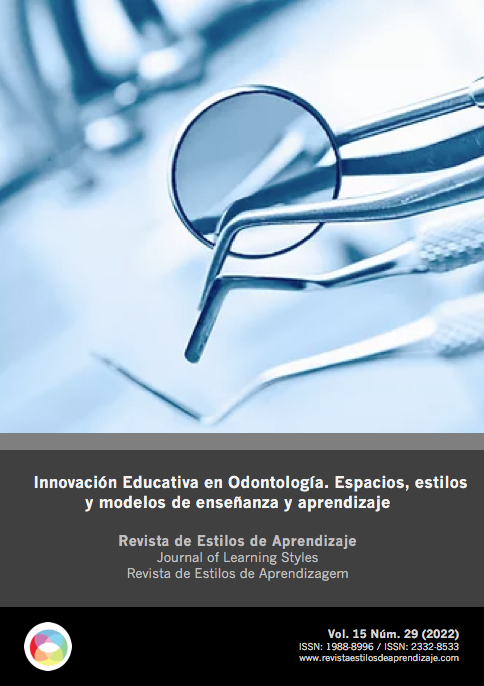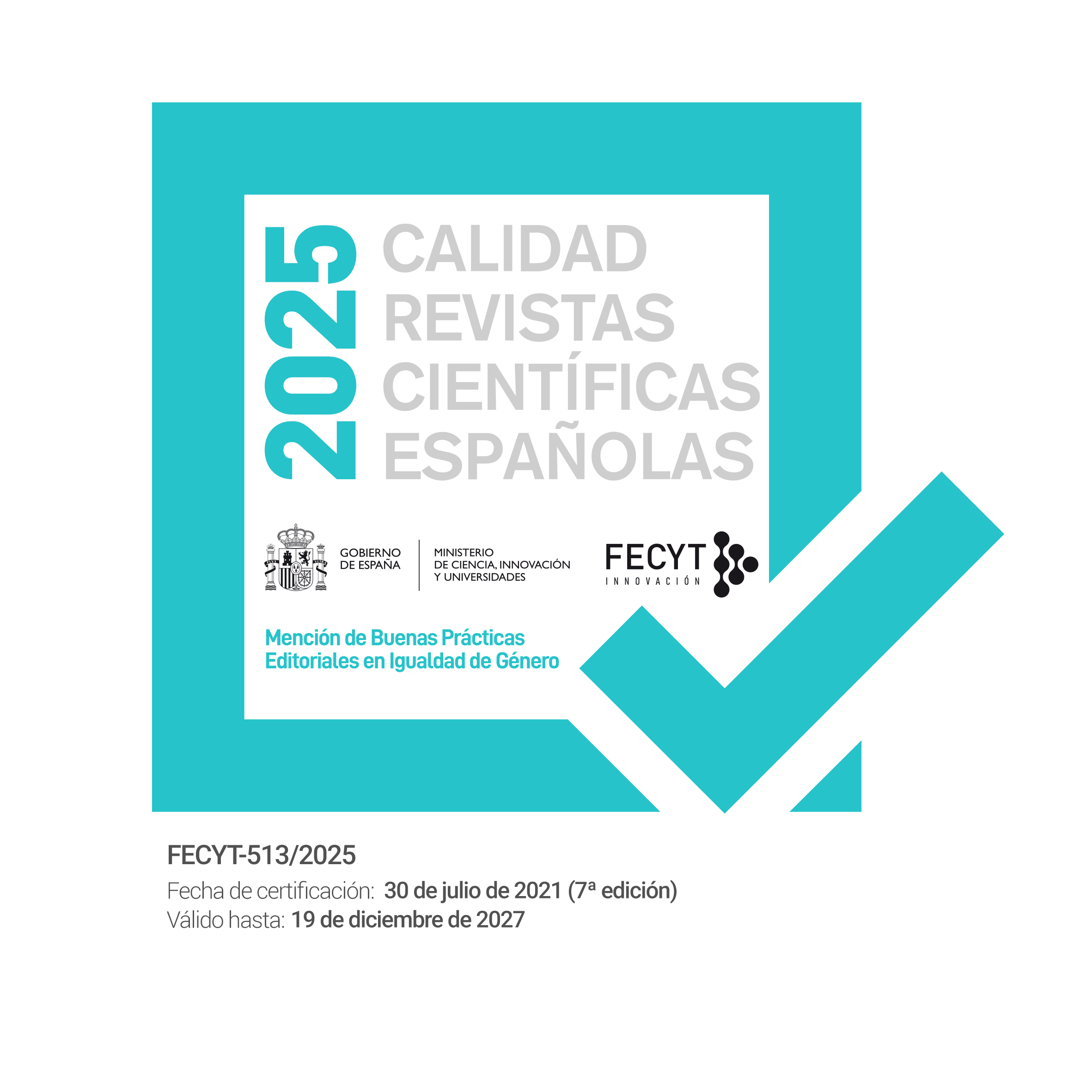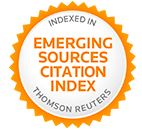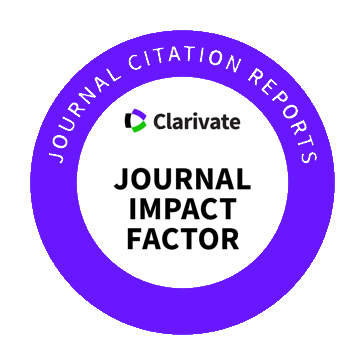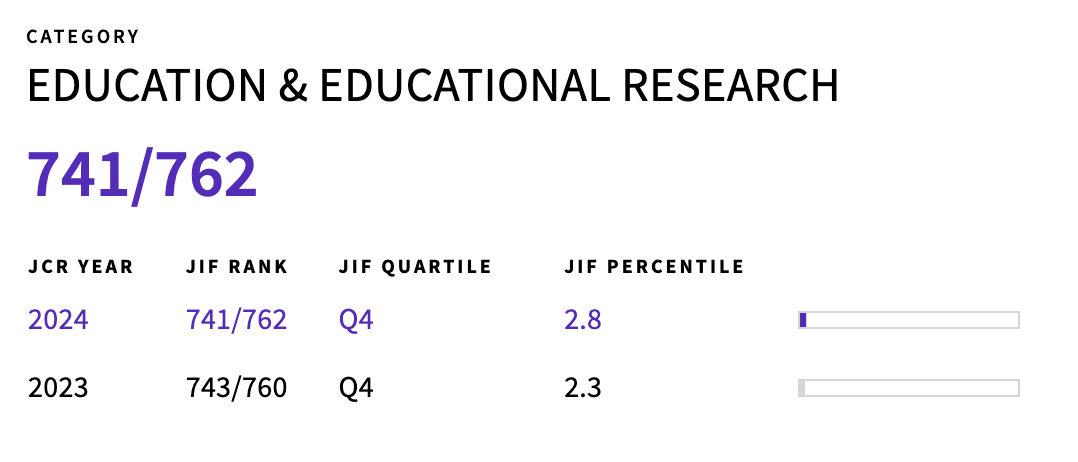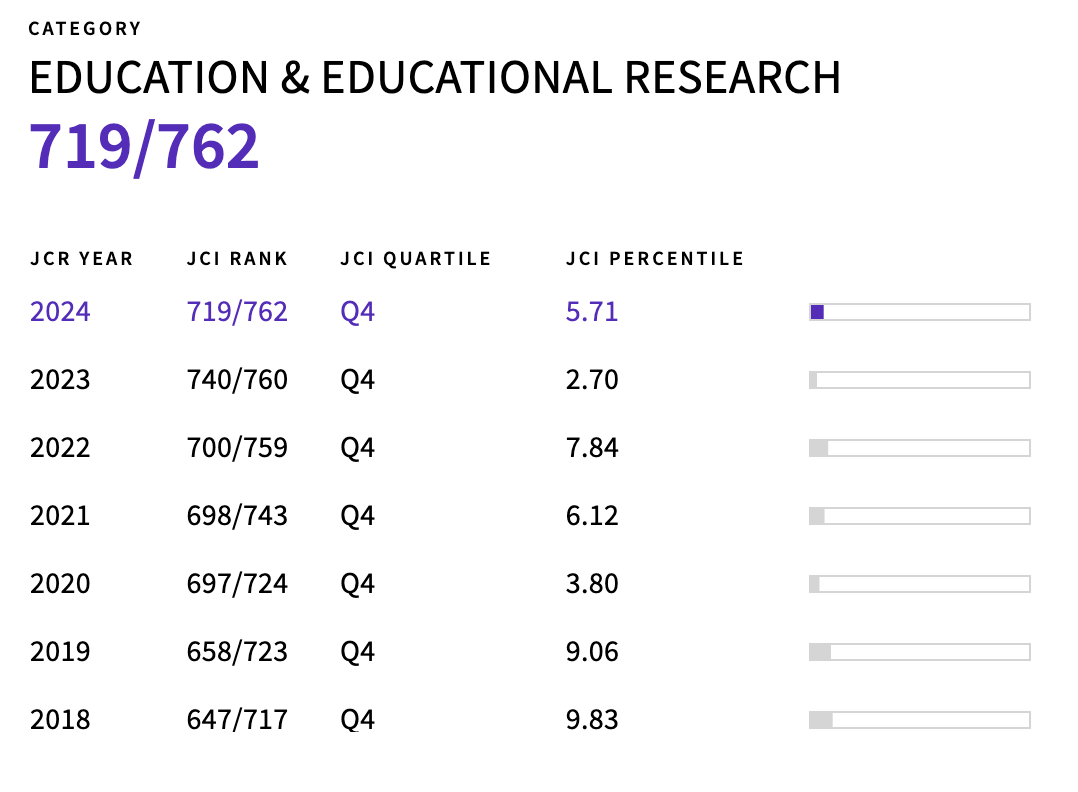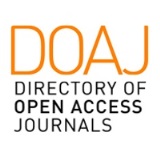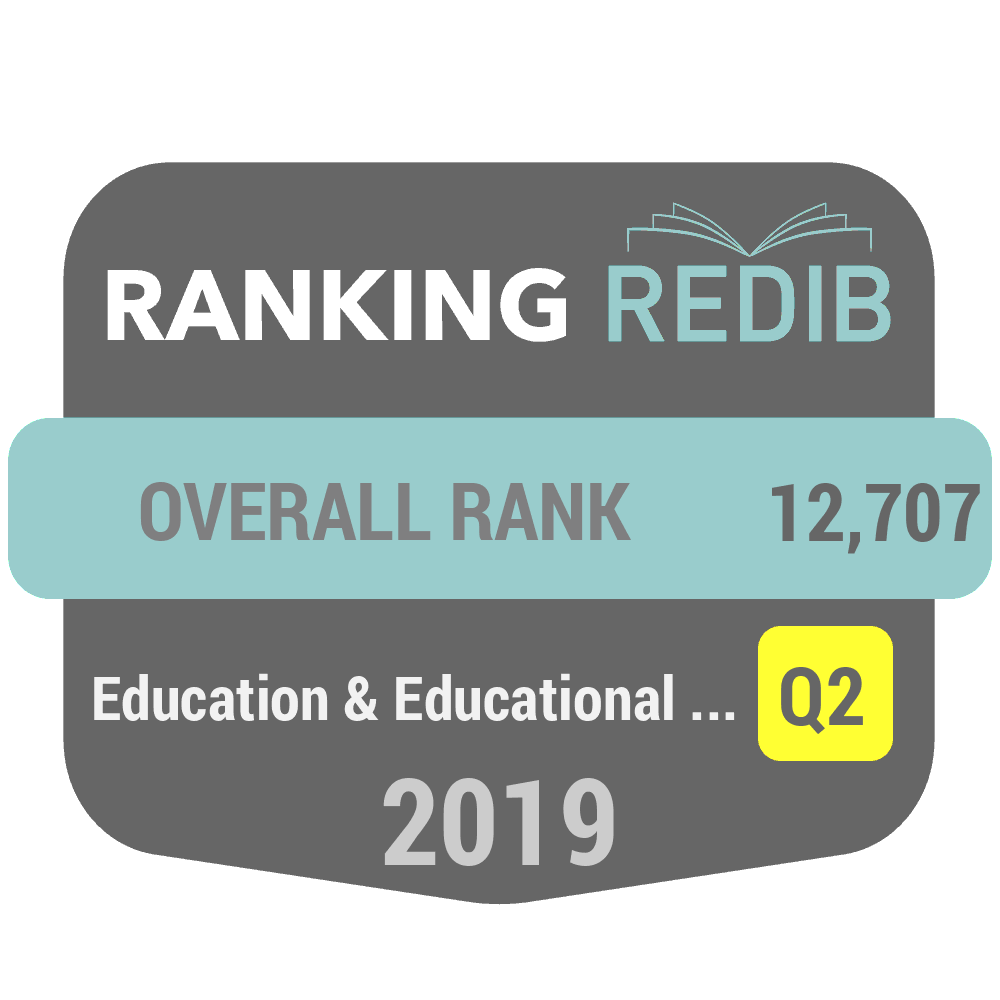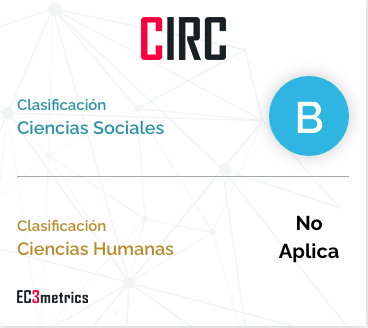Emergency remote education, emotions and learning style in medical students in the Covid-19 pandemic
DOI:
https://doi.org/10.55777/rea.v15i29.4169Keywords:
Remote emergency, Education, Emotions, Learning StyleAbstract
The confinement due to the COVID-19 pandemic had a devastating impact on different areas of social, emotional, economic and school life, among others, and university education was no exception, at that time the so-called emergency remote education emerged. Learning styles were adapted and changes in emotions were present according to the students' experiences. Three questionnaires were applied to 303 medicine students: #EstamosConectados, CESEA and AMAI, to identify availability of digital tools and devices, connectivity, learning styles, emotions, and socioeconomic level. According to data obtained, 45% had a computer, 55% had inadequate connectivity and the theoretical-operative learning style predominated with 25.4%. In relation to emotions, 62.7% felt accompanied, 60% experienced anxiety and stress. Finally, the majority socioeconomic level with 63.7% corresponded to level B of the AMAI scale. The results obtained suggested that a flexible educational model is required, which transforms, encompasses and guarantees inclusive quality teaching, adaptable to an equitable hybrid model, in addition to constant communication between peers and teachers through educational platforms, with free access to the Internet; as well as offering the necessary emotional accompaniment for students.
Downloads
References
Bayne, S. (2008). Higher education as a visual practice: seeing through the virtual learning environment. Teaching of the higher education, 13(4), 395-410. https://doi.org/10.1080/13562510802169665
Cabrera, L; Bethencourth, J. T; González, M; Y Álvarez, P. (2006). Un estudio transversal retrospectivo sobre prolongación y abandono de estudios universitarios. RELIEVE, 12(1), 129-149. https://bit.ly/37SRq2P
Carrascal, S.; De Vicente, A.M. Y Sierra, J. (2020). Transformación e innovación educativa durante la crisis del COVID-19. Estilos y modelos de enseñanza y aprendizaje. Revista de Estilos de Aprendizaje, 13 (Especial 2020), 1-4. https://bit.ly/3CRrnEz
Cortés, M. Y Guillén, J. F. (2018). Learning Styles od Undergraduate Medical Students. Universitas Médica, 59 (2), 1-10. https://doi.org/10.11144/Javeriana.umed59-2.apre
Escanero, J.F.; Soledad, M.; Guerra, M. Y Silva J. (2016). Comparación de los estilos de aprendizaje de los alumnos de medicina obtenidos con un nuevo cuestionario con los proporcionados por el cuestionario Honey-Alonso (CHAEA). Revista de la Fundación Educación Médica, 19(1), 19-26. https://bit.ly/3tfFkJg
Fundación Educación 2020. (2020). Recomendaciones para la política pública y gestión escolar sobre los resultados de la encuesta #EstamosConectados., 1-14. https://bit.ly/3ig4a5C
Fundación Educación 2020. (2020). Informe de resultados #EstamosConectados. Testimonios y experiencias de las comunidades educativas ante la crisis sanitaria, 1-29. https://bit.ly/3tYMZe8
Hernández, J. (2020). Impacto de la COVID-19 sobre la salud mental de las personas. Medicent Electrón, 24(3), 578-594. https://bit.ly/3iilkQ2
Hodges, C.; Moore, S.; Lockee, B.; Trust, T.; Y Bond A. (2020). The Difference Between Emergency Remote Teaching and Online Learning. EDUCAUSE. https://bit.ly/3thVNwq
Ibáñez, F. (2020). Educación en línea, Virtual, a Distancia y Remota de Emergencia, ¿cuáles son sus características y diferencias?. Observatorio del Instituto para el Futuro de la Educación. Tecnológico de Monterrey. https://bit.ly/3CPUGqV
Instituto Nacional de Estadística y Geografía e Informática (2021). INEGI Presenta Resultados de la Encuesta Para la Medición del Impacto COVID-19 en la Educación (ECOVID-ED) 2020 Datos Nacionales. 1-29. https://bit.ly/3IRn3GT
López, È.; Pérez, N. (2020). La influencia de las emociones en la educación ante la COVID-19: El caso de España desde la percepción del profesorado. Universitat de Barcelona. GROP, 1-41. https://bit.ly/3N38Aei
Pallarés, M. (2010). Emociones y sentimientos. Donde se forman y como se transforman. Las emociones y los sentimientos. (1ª Ed). Barcelona, Marge Books, 71-78. https://bit.ly/3tsFeyd
Pérez, A. F.; Méndez, C. J.; Pérez, P.; Y Yris, H. M. (2019). Los estilos de aprendizaje como estrategia para la enseñanza en educación superior. Revista de Estilos de Aprendizaje, 11 (22), 96-122. https://bit.ly/3wedmiO
Rebollo, M. A.; García, R.; Barragán, R.; Buzón, O. Y Vega, L. (2008). Las emociones en el aprendizaje online. RELIEVE. 14(1), 1-23. https://bit.ly/3upwsAj
Sanabria, I. Z. (2020). Educación virtual: oportunidad para “aprender a aprender”. Fundación Carolina, 1-14. https://doi.org/10.33960/AC_42.2020
Sánchez, C. P. (2020) ¿Qué es la Enseñanza Remota de Emergencia (ERE)? Programa de Divulgación Científica o de la Universidad Pontificia Bolivaria. https://bit.ly/3CSYKac
Sánchez, J. M.; Y Alejos, B. G. (2019). Estilos de aprendizaje de estudiantes universitarios de ciencias biológicas. Revista de Estilos de Aprendizaje, 11(22), 50-70. https://bit.ly/3u60Uiv
Sun, S.; Goldberg, S. B.; Lin, D.; Qiao, S.; Y Operario, D. (2021). Psychiatric symptoms, risk, and protective factors among university students in quarantine during the COVID-19 pandemic in China. Globalization and Health. 17(1), 1- 14. doi:10.1186/s12992-021-00663-x
Yusvisaret, L.; Palmer, C. S.; Medina, M. C.; Y López D. A. (2021). Prevalencia de depresión durante la COVID-19 en estudiantes de medicina de una universidad privada mexicana. MEDISAN, 25(3), 637-646. https://bit.ly/37xZO7v
Downloads
Published
How to Cite
Issue
Section
License
By submitting the original, the author(s) declare that they are aware of and accept, in full, the privacy policy as well as the copyright of the Learning Styles Magazine.
The Learning Styles Magazine offers free and open access to its content, completely free of charge, in order to bring scientific research to its readers and society in general. All digital contents are free and open access and are published under a Creative Commons license:

Rights are granted under the Creative Commons Reconocimiento-NoComercial-SinObraDerivada 4.0 Internacional (CC-BY-NC-ND 4.0)
The Learning Styles Magazine is an open access journal. Publication of articles or reviews in the Journal does not entitle you to any remuneration. For authors as well as readers, the journal is free Creative Commons Reconocimiento-NoComercial-SinObraDerivada 4.0 Internacional (CC-BY-NC-ND 4.0).
With this licence, the reproduction and dissemination of the contents of the magazine for educational, social and knowledge transmission purposes is permitted, without any profit motive in mind, provided that the source and authorship are not modified. The licence granted to Learning Styles Magazine allows the copying and distribution of the magazine's contents, as long as the authorship of the work is recognised, correctly specifying the author and the publishing entity. The work may not be used for commercial purposes, nor may it be altered, transformed or generated from this work.
The publication of articles or reviews in the Journal does not give the right to any remuneration.
The Learning Styles Journal invites the author/authors to increase the visibility and scope of their articles published by re-disseminating them in:
- Web spaces and personal networks, as well as in scientific meetings and forums
- Open institutional archives in Universities, educational repositories and Research Centres.
- Academic and scientific networks (Researchgate, Academia.edu, Plubons, etc.)
All these spaces and publications must include all the bibliographic data of the publication.

